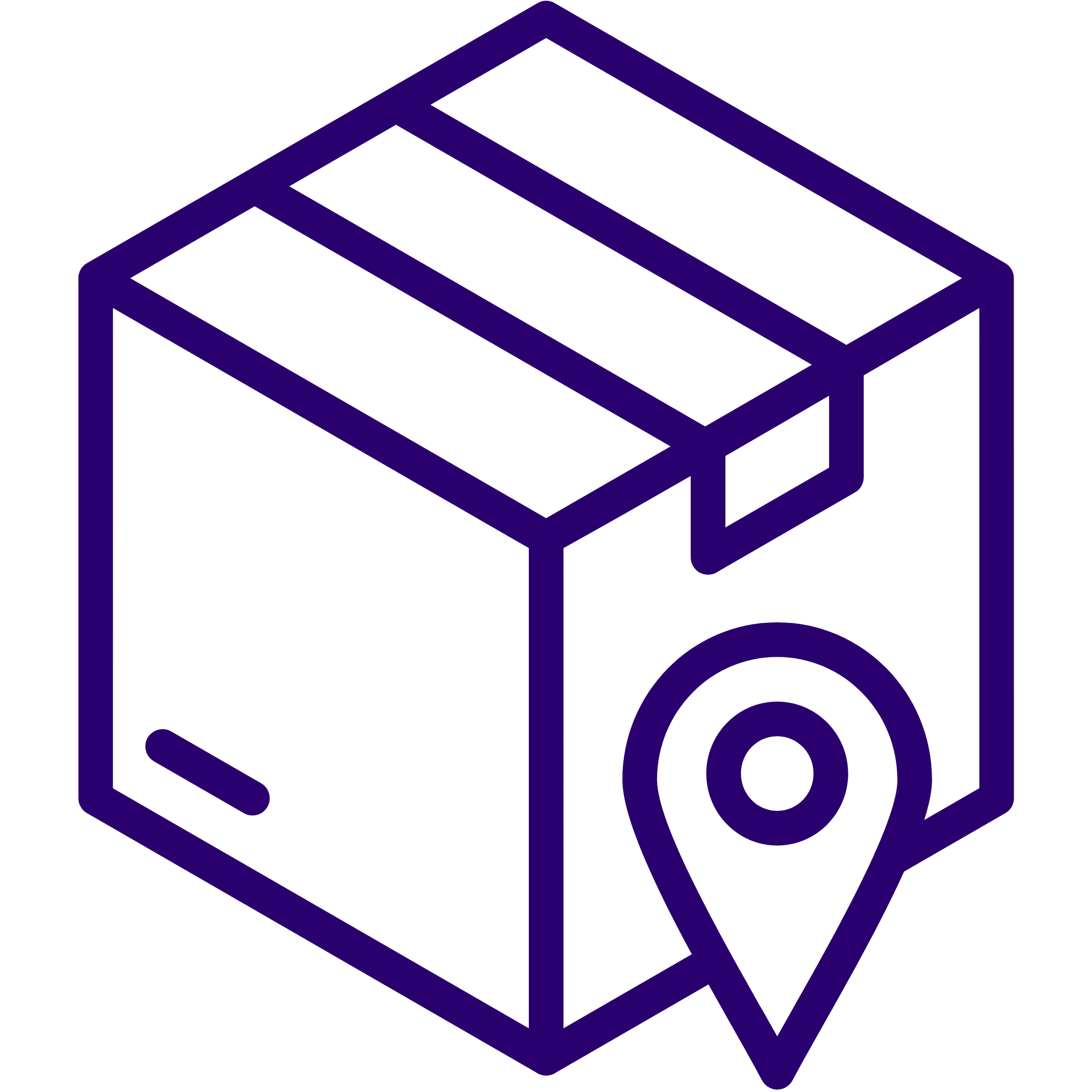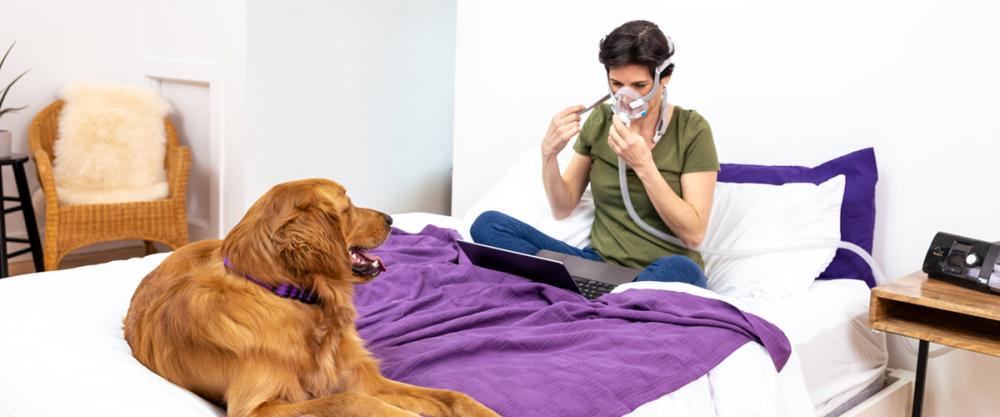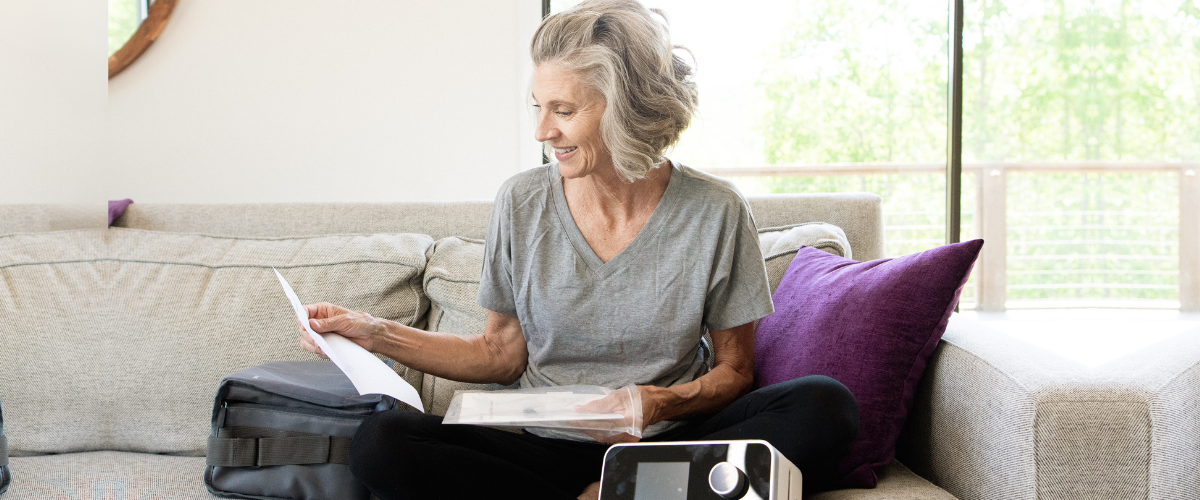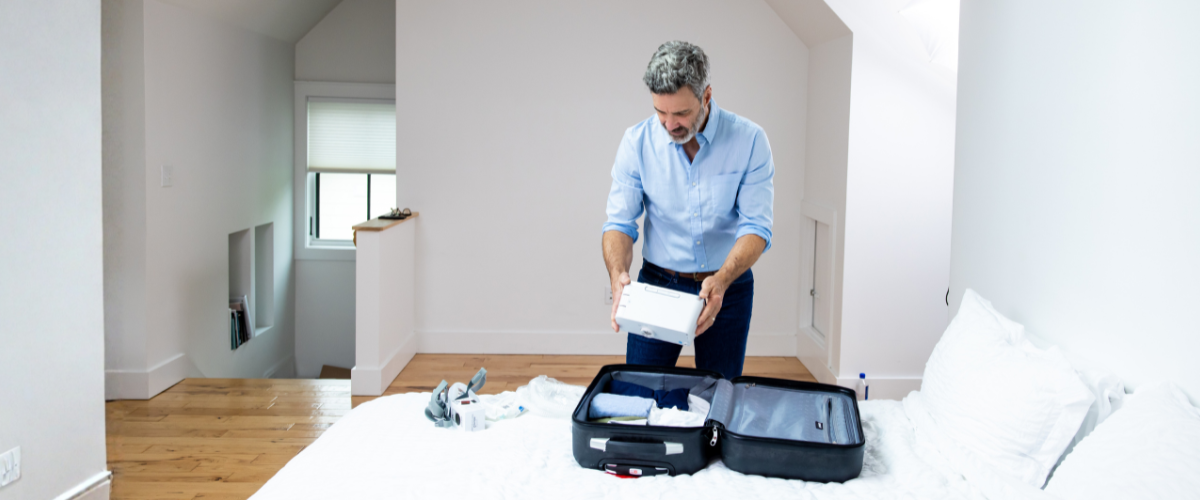For most people, undergoing a sleep study and getting diagnosed with obstructive sleep apnea (OSA) is a pretty big deal. As with most chronic conditions, the treatment will involve some major lifestyle changes. Losing weight, stopping smoking, reducing alcohol intake, and other measures can certainly help reduce the severity of OSA. But if you’re doctor has recommended you get treated with CPAP therapy, the biggest change you’ll need to get used to is using the equipment consistently. But don’t worry! If you’re a little (or a lot) nervous, you’re not alone. We’ve pulled together some insights on how to cope.
CPAP, which stands for continuous positive airway pressure, treats sleep apnea by preventing the collapse of the soft tissues of the neck that causes snoring and even pauses in breathing. Sleep apnea patients who use CPAP consistently enjoy better sleep, more energy, and an overall greater quality of life. So there’s a lot of incentive to get treated, despite your anxiety.
You may feel a little overwhelmed when you lay eyes on your CPAP machine, mask, tubing and other parts for the first time, and that’s normal. But don’t let the fear take over; there is actually evidence that CPAP treatment can help REDUCE existing anxiety and depressive symptoms by allowing you to get the sleep you need. Keeping this top of mind should help ease the butterflies.
Can Using a CPAP Cause Anxiety?
People those who have been diagnosed with anxiety disorders or have a history of panic attacks may feel especially nervous starting out with CPAP. The prospect of putting on a face mask and pumping in pressurized air can be daunting. So in honor of Mental Health Awareness Month, we thought would be a great time for a reminder to help ease some of the angst: the initiation into the CPAP life is not as daunting as it may seem, and the rewards are well worth the effort!
Getting Acquainted With Your CPAP Equipment
Meet Your CPAP Machine
For most people, the idea of wearing a mask on their face seems like the biggest hurdle to overcome. But the functionality of the CPAP device itself can actually help alleviate some of the most common issues. There are a few features you’ll want to pay close attention to when deciding on which machine to use.
- EPR, or expiratory pressure relief, means that pressure from the machine decreases slightly during exhalation. This helps create a more natural breathing sensation; there’s minimal sense of resistance as you exhale. This feature is also sometimes called IPR, RESLex, or A-Flex, or SmartFlex depending on the model.
- Ramp features allows the machine to start off at a very low pressure and gradually ‘ramp up’ to the full prescribed pressure level after the CPAP user falls asleep. These are often referred to as Auto Ramp or Smart Ramp.
- Heated humidification can make putting on your mask a bit more appealing by adding moisture to the pressurized air, which can help soothe your airways and break up congestion. So when you have a cold or allergies, your CPAP therapy can actually help relieve some of the symptoms.
- Auto Start/Stop features can make the CPAP therapy experience a little easier. If you take off your mask, the air pressure automatically stops, meaning you don’t have to struggle to turn off your machine manually every time you take it off during the night. It starts again automatically when you put your mask back on. Some machines will also automatically stop when a mask leak is detected, so even though you may be new to the equipment, the equipment takes out a lot of the guesswork in operating your machine correctly.
Wearing Your CPAP Mask
When it comes to cpap use, proper mask fitting is often the key to effective, long term therapy. It may seem overwhelming at first, but go easy on yourself and give it some time. Know that you’re not alone, many users feel the same way when starting out. Work closely with your sleep medicine specialist and your CPAP equipment supplier to make sure you have the right mask.
Try on several different types of masks and experiment with tightening and loosening the straps and headgear until you find a setup that works well and stays on your face. You’ll be faced with the choice of a full face mask, nasal mask, nasal pillow mask, or sometimes a hybrid mask. Which type you choose will depend on a number of factors, including your sleeping position, and whether or not you breathe through your mouth while you sleep.
Put on the mask while you’re watching TV or reading without the air pressure turned on. Wear it around the house to get used to the way it feels. You can even try lying down and shifting into different positions to see how the fit is affected.
Gradually work your way up to wearing the mask with air pressure turned on while you’re awake, taking it off when you have strong feelings of claustrophobia. Little by little, you will get used to how it feels and can settle into bed comfortably.


After a night or two you may notice a few different side effects that may initially seem like a huge deal. These could be things like dry mouth, skin irritation or bloating and burping. But again, don’t worry. There are plenty of CPAP accessories that can help with all of these side effects, and more.
Does CPAP Treatment Reduce Anxiety?
Studies show a strong correlation between treating sleep apnea and reducing anxiety. As your circadian rhythm, or sleep cycles, become interrupted your body is unable to get enough restorative rest for mental and physical healing, so you wake up feeling tired, achy, and possibly even moody. OSA patients and others with untreated sleep disorders often experience excessive daytime sleepiness and brain fog. Waking up feeling fatigued day after day can be a slog. It’s no surprise that a recent study showed that 73% of participants with sleep apnea had depressive symptoms.
It follows that the effect of CPAP treatment is the ability to get longer, more restful sleep, which can help you feel less tired during the day and better able to cope with stress. CPAP use has been shown to reduce daytime sleepiness and increase wakefulness, even in those with only mild OSA. And further, a 2022 study showed that improving OSA with CPAP therapy decreased the severity of anxiety and depressive symptoms in participants.
Getting Started With CPAP
Getting treated for sleep apnea has benefits that go beyond your mental health; it can lower your risk factors for diabetes, reduce high blood pressure levels, and even help you reach your weight loss goals. Knowing all of the health benefits you’ll gain, it becomes easier and easier to accept the prospect of going all in on CPAP. We’re here to help! CPAPSupplies.com will keep you on schedule for replacement supplies so you don’t have to worry about it. Our 30 day mask guarantee means that if your mask doesn’t fit, you can return it within 30 days and you’ll get the full amount towards a new mask!
References
American Academy of Sleep Medicine – Association for Sleep Clinicians and Researchers. CPAP rapidly improves blood pressure and arterial tone in adults with sleep apnea (2017) Available at: https://aasm.org/cpap-rapidly-improves-blood-pressure-and-arterial-tone-in-adults-with-sleep-apnea
American Thoracic Society. (2011, May 15). CPAP improves daytime sleepiness even in patients with low levels of symptoms. ScienceDaily. https://www.sciencedaily.com/releases/2011/05/110515122452.htm
Muraki, I., Wada, H., & Tanigawa, T. (2018, September). Sleep apnea and type 2 diabetes. Journal of diabetes investigation. https://www.ncbi.nlm.nih.gov/pmc/articles/PMC6123041/
Velescu, D. R., Marc, M., Manolescu, D., Trăilă, D., & Oancea, C. (2022, October 6). CPAP therapy on depressive and anxiety symptoms in patients with moderate to severe obstructive sleep apnea syndrome. Medicina (Kaunas). https://www.ncbi.nlm.nih.gov/pmc/articles/PMC9609270/

